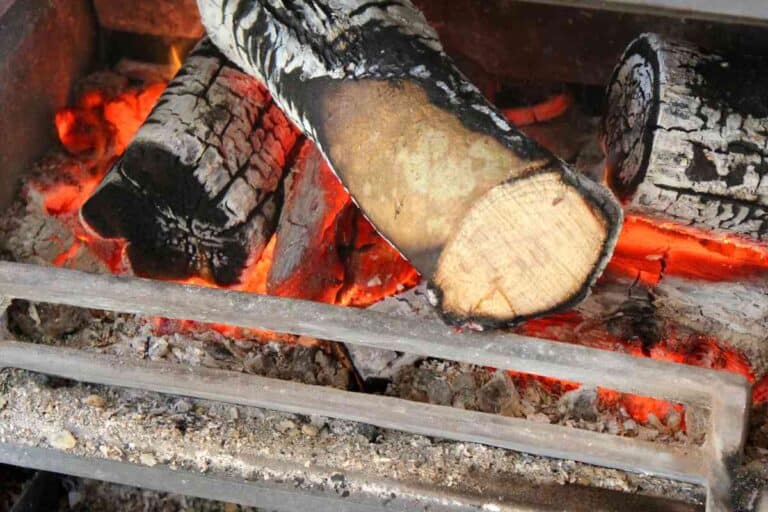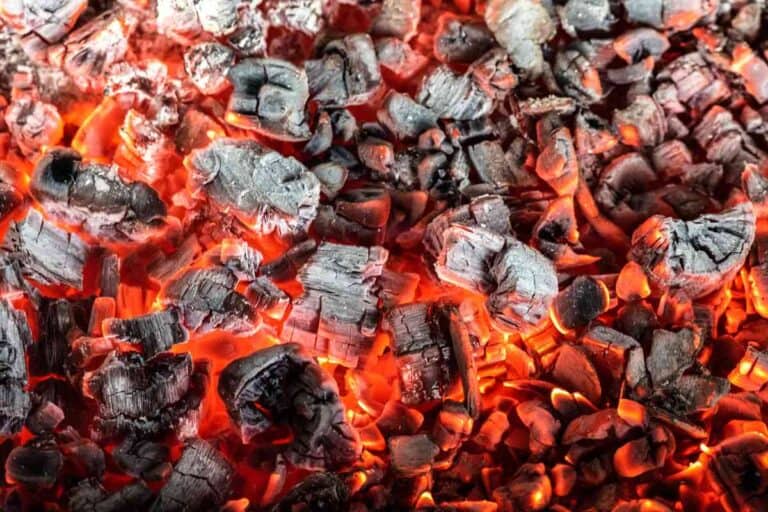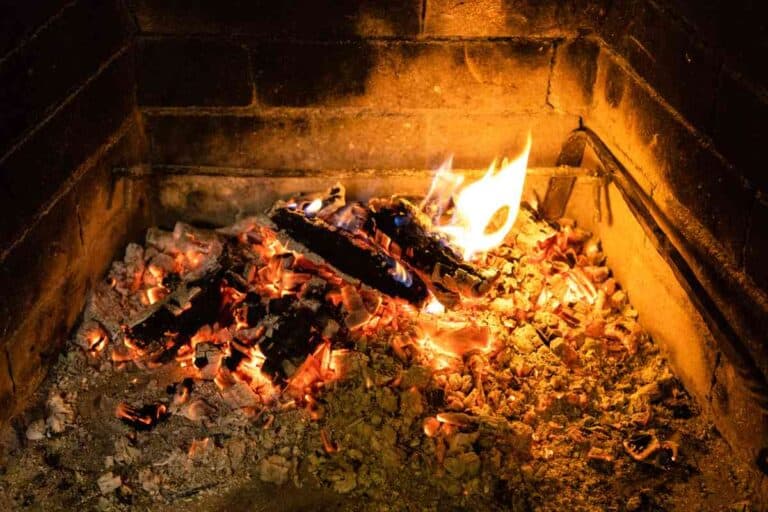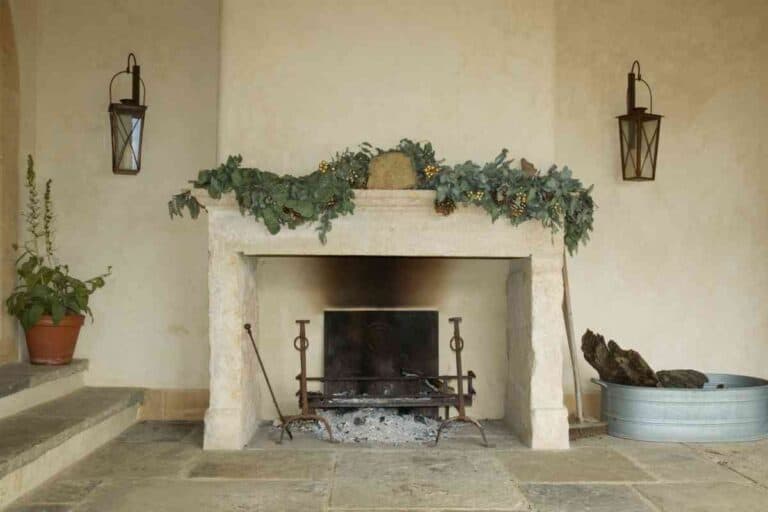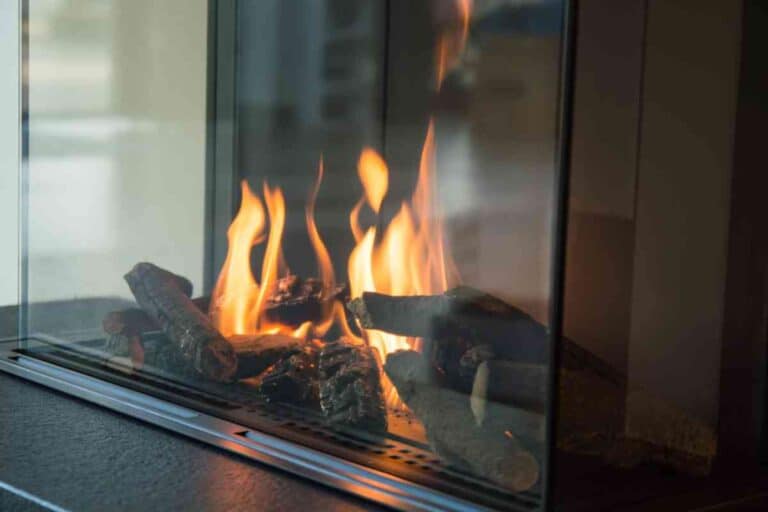How Long Can You Leave A Gas Fireplace On?
With the cozy warmth and comfort a gas fireplace offers, it’s tempting to leave it on for an extended period of time. However, understanding the specific types of fireplaces and their operational limits is crucial for ensuring safety in your home.
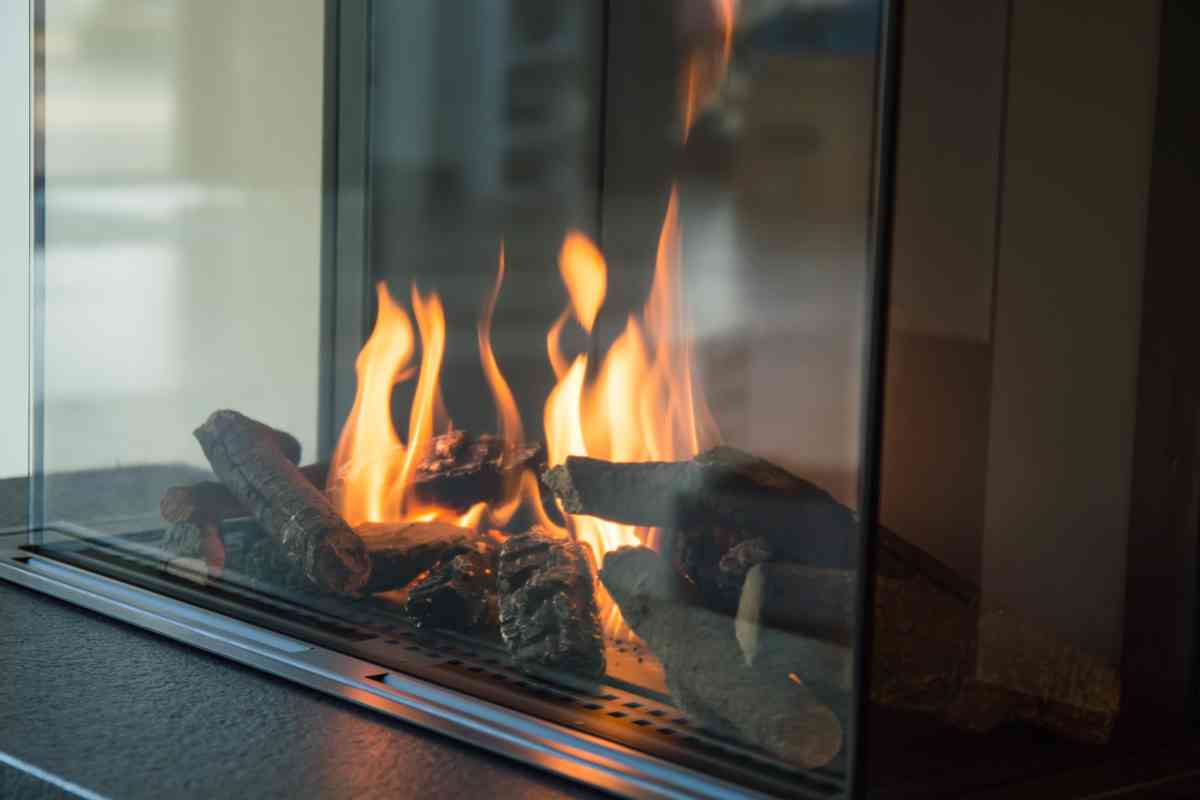
Related Post! Is It Safe to Roast Marshmallows in a Gas Fireplace?
How Long Can You Leave A Gas Fireplace On?
The duration you can leave a gas fireplace on depends on the type. Vent-free models should run no longer than 2-3 hours to prevent carbon monoxide buildup, while direct-vent fireplaces can operate safely for longer periods. Always consult the manufacturer’s guidelines to ensure safety and proper usage.
Whether you’re a new or seasoned homeowner, this guide will help you navigate the nuances of gas fireplace usage.
Direct-Vent Gas Fireplaces
Often chosen for their efficiency and aesthetic, direct-vent gas fireplaces are known for their appealing look that mimics traditional wood fires. These fireplaces have a dual-wall venting system—one wall expels exhaust fumes while the other draws in fresh air. The sealed glass doors ensure that no indoor air is lost, making them an excellent choice for supplemental heating.
Because of their efficient design, which directs exhaust fumes safely outside, direct-vent models can generally operate for longer periods of time without the risks associated with exposure to byproducts like carbon monoxide. However, always refer to the manufacturer’s guidelines to determine the maximum duration they can be safely left running.
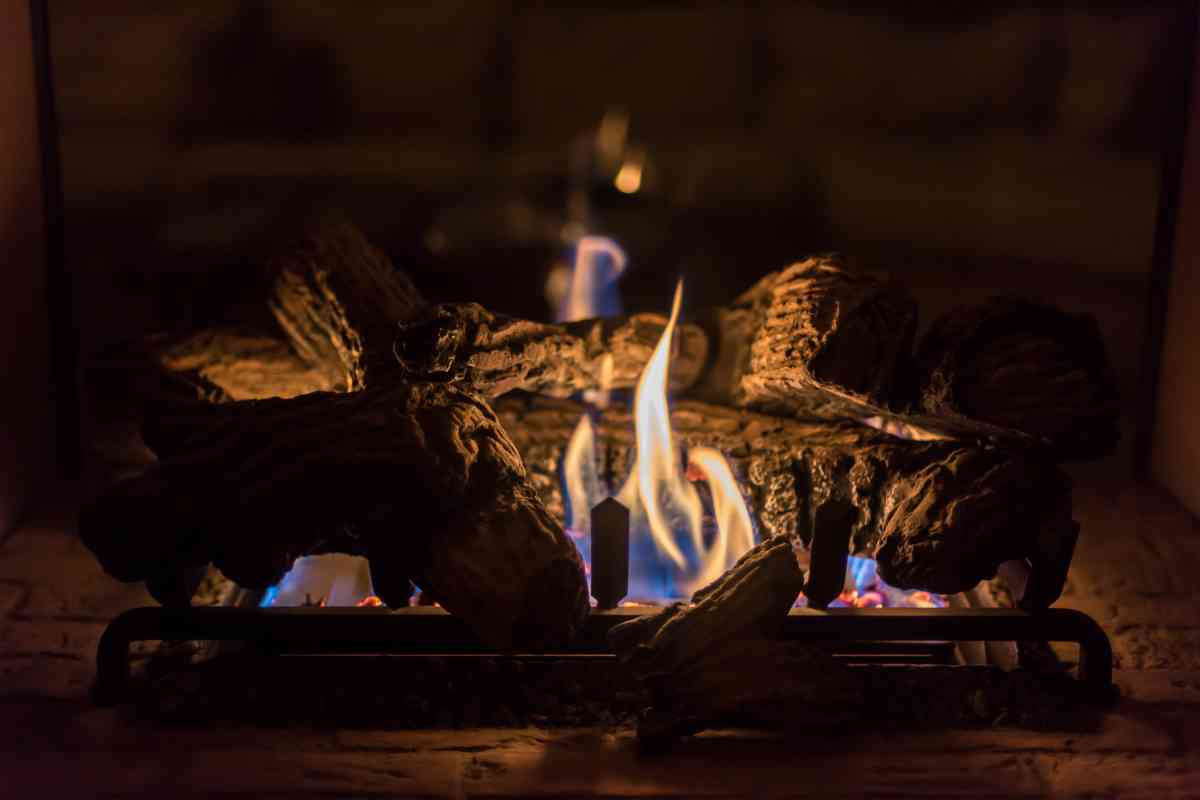
Vent-Free Gas Fireplaces
For maximum heating output, vent-free gas fireplaces are a go-to. These appliances don’t require an existing chimney or external venting system, keeping all generated heat inside your home. However, they do have a notable drawback: the potential for moisture and carbon monoxide buildup.
Due to these safety considerations, vent-free units should only be used for short durations—typically 2 to 3 hours at a time. This limit helps minimize the risk of carbon monoxide exposure and maintains indoor air quality. It’s especially important to follow these precautions in smaller or poorly ventilated spaces.
Related Post! Do Fireplaces Make Your House Colder?
Regular Inspections and Maintenance

Regardless of the type of gas fireplace you own, regular inspections and maintenance are essential. Ensure that your carbon monoxide detectors and smoke detectors are functioning correctly to safeguard against potential house fires. Checking components like the flue, gas line, and thermocouple can help prevent common issues that might arise from regular use.
Ensuring Safety with Your Gas Fireplace: Essential Tips and Considerations
Using a gas fireplace adds a cozy ambiance to your home, but safety should always come first. Whether you have a ventless gas fireplace or a direct-vent model, understanding proper usage and maintenance is key to avoiding hazards.

Key Safety Tips for Gas Fireplace Use
- Monitor Changes and Odors: If you notice any unusual changes in the flame, or detect odors like burning gas, turn off the fireplace immediately. This could indicate a need for inspection by a qualified technician.
- Install Safety Equipment: Keep a fire extinguisher nearby. This simple precaution can control a fire quickly and prevent major damage or danger.
- Professional Installation and Maintenance: Always use professional services for the installation and maintenance of your gas fireplace. Amateur installations or DIY attempts can lead to serious safety risks, such as faulty wiring or improper venting.
- Observe Operating Limits: Don’t use the fireplace for longer than recommended. Gas logs, burners, and other components are designed for specific durations of use to minimize the risk of overheating or carbon monoxide exposure.
- Ventilation: Ensure proper ventilation, especially with ventless gas fireplaces. While it’s tempting to keep all windows closed during cold weather, some ventilation may be necessary to prevent the buildup of exhaust gases.
- Regular Inspections: Look out for physical damage, such as cracks in the glass doors or problems with the gas valve. These can compromise safety and efficiency.
Related Post! Best Propane Heaters For Heating Your Tiny Houses In Winter
How Can Fires Start in Gas Fireplaces?
- Independent Incidents: Fires can occur unexpectedly due to hidden issues within the fireplace or its chimney setup.
- Wiring and Flue Faults: Poorly installed or aged wiring and flue issues can cause excessive heat buildup leading to fires.
- Gas Leaks: These are particularly dangerous because they can lead to explosions if the gas accumulates and finds an ignition source.
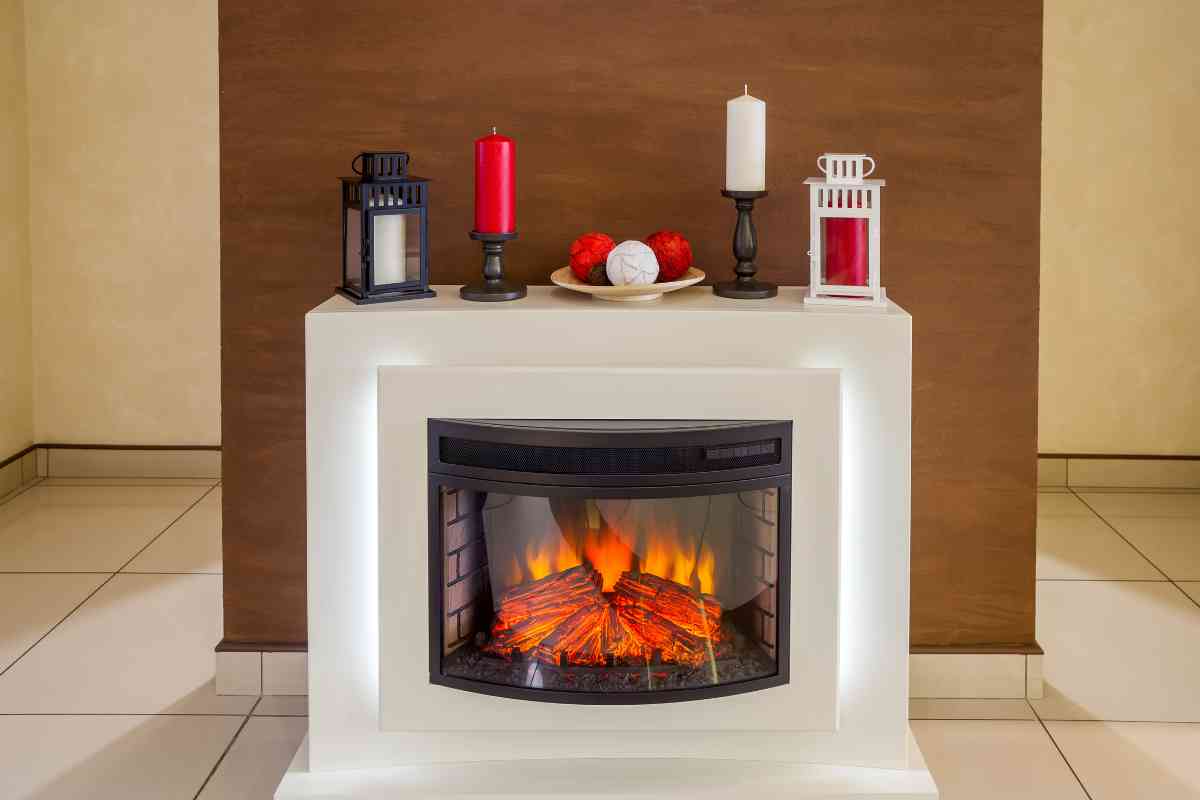
Key Takeaways for Optimal Safety
- The type of gas fireplace—whether a gas log fireplace, propane unit, or natural gas—determines how long it can safely operate.
- Vent-free fireplaces have stricter duration limits due to their higher efficiency and enclosed operation.
- Always prioritize professional installation and adhere to recommended BTU (British Thermal Unit) ratings and control settings to ensure your fireplace operates within safe limits.
Frequently Asked Questions (FAQS) About Gas Fireplaces
How can I control the temperature of my gas fireplace?
To control the temperature of your gas fireplace, you can use the thermostat or a remote control, depending on your model. The thermostat adjusts the heat output by regulating the gas flow, while a remote control can make operation more convenient, allowing you to adjust settings from anywhere in the room.
What maintenance is required for the pilot light and control knob?
Regular maintenance of the pilot light is crucial to ensure efficient combustion and to prevent gas leaks. Check the pilot light periodically to ensure it is burning blue, which indicates complete combustion. The control knob should also be checked to ensure it operates smoothly and securely, preventing unintended adjustments.
Can I install a blower or fan in my existing gas fireplace?
Yes, installing a blower or fan in your existing gas fireplace can help distribute heat more evenly throughout the room. This accessory is particularly useful in larger spaces, where it helps to circulate warm air away from the fireplace and throughout the living area. Ensure the installation is done by a professional to avoid any issues with combustion or ventilation.
Is it safe to run a gas pipe through an exterior wall?
Running a gas pipe through an exterior wall must be done following local building codes and standards. It is important to ensure the pipe is properly insulated and protected from environmental elements to prevent damage and potential gas leaks. Professional installation is recommended to ensure all safety guidelines are followed.
What is the difference between using a switch and a control knob for my gas fireplace?
Using a switch typically offers a simpler, on-off operation of your gas fireplace, ideal for straightforward use without adjusting the flame or heat levels. A control knob, however, allows for finer adjustments of the gas flow and flame height, giving you more precise control over the heat output and ambiance of the fire.
How do I use the oven feature in my dual-function gas fireplace?
If your gas fireplace includes an oven feature, it can be used similarly to a conventional oven. Ensure the fireplace is switched to oven mode, preheat it to the desired temperature, and use the racks or spaces provided to cook or heat your food. Always check the manufacturer’s instructions for specific usage guidelines and safety precautions.
What Are the Risks of Operating a Vent-Free Fireplace for Over Three Hours?
Extended use of a vent-free fireplace beyond three hours significantly increases the risk of carbon monoxide poisoning. Always adhere to usage guidelines to ensure safety while enjoying the warmth.
Is Leaving a Direct Vent Fireplace on Hazardous?
While direct-vent fireplaces are safer and can operate for longer periods, they still require cautious use. They must be turned off when not actively monitored, especially overnight or when the house is empty, to avoid any risk of fire.

